Sponsored Listings:
By Claudia Tavani
Western Cuba
Havana
by: Claudia Tavani – Courtesy: Gogobot
Nobody can ever declare to have been to Cuba without having visited Havana. The Cuban capital is an incredible mixture of beautifully kept buildings such as the Capitolio Nacional, right next to ones that are almost falling apart; interesting and engaging museums such as the Museo de la Revolución; beautiful squares such as Plaza de la Catedral, Plaza de Armas and Plaza Vieja; the waterfront Malecon and the world famous vintage cars. Havana is a very lively city, full of music, dance, art and interesting people. It hosts some of the best restaurants in the country and it quite simply is a paradise for photographers.
Callejón de Hamel
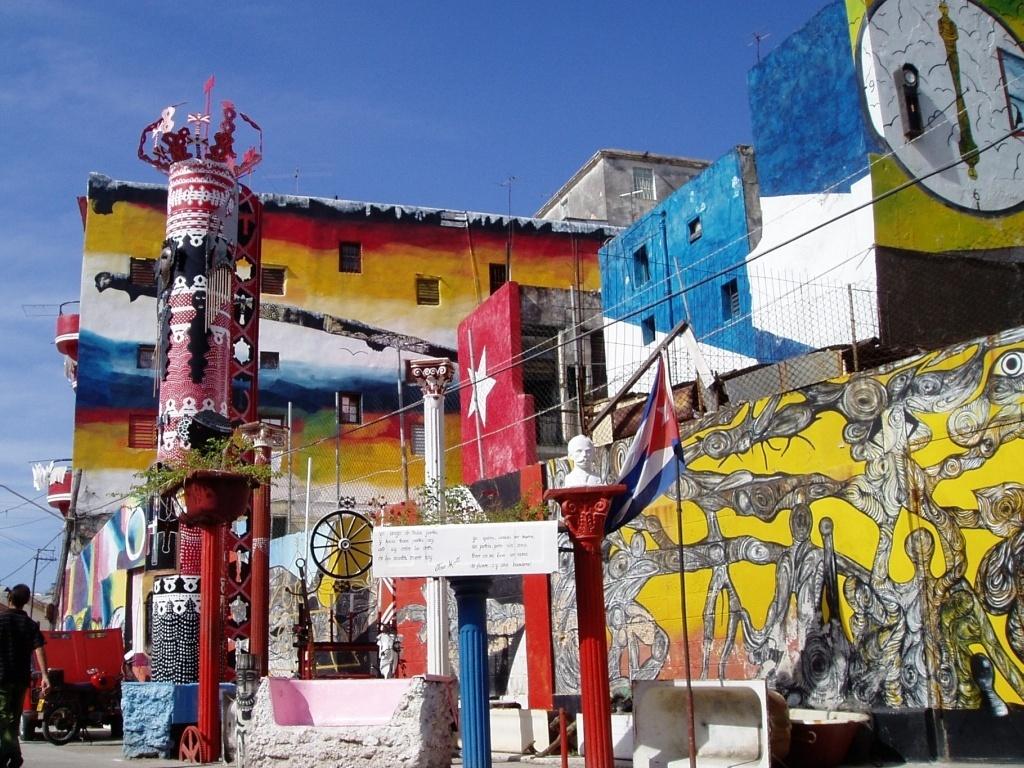
by: Boggin flickr – Courtesy: Gogobot
The Callejón de Hamel is a small alley in Havana where you can go to look at some interesting street art, murals, and especially enjoy the Afro-Cuban culture and listen to some fantastic rumba. Best on Sundays, when the locals also crowd it to dance the afternoon away.
Viñales Valley
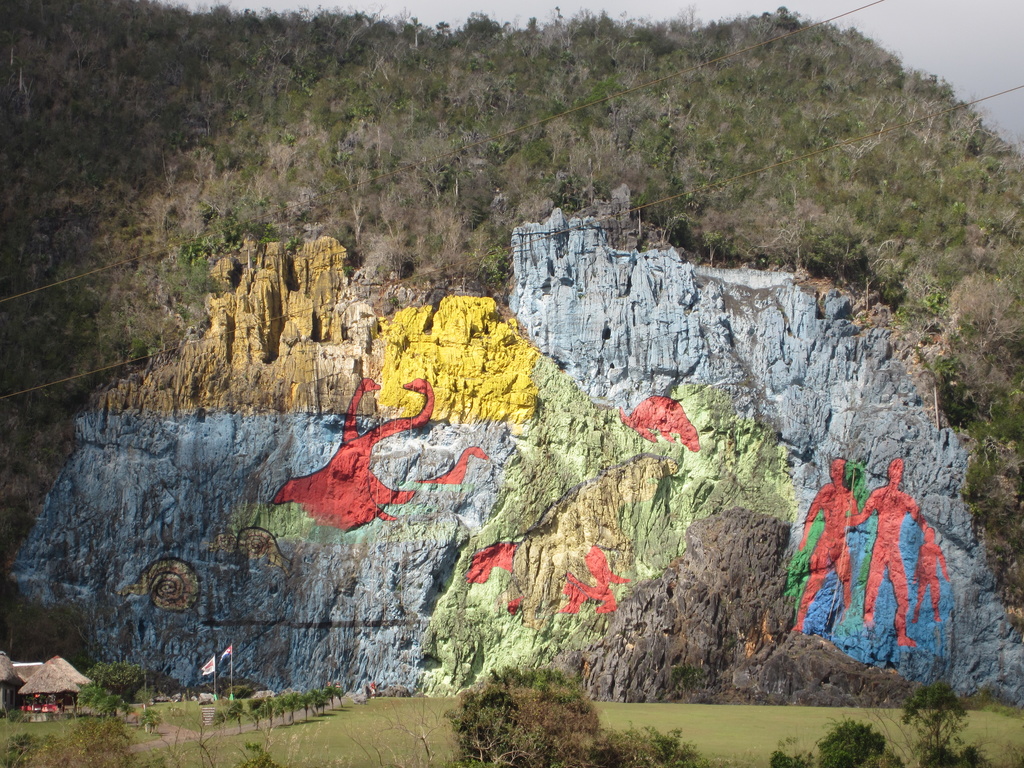
by: Claudia Tavani – Courtesy: Gogobot
In the province of Pinar del Rio, which is the most Western province of Cuba, there are some of the best hiking trails in Cuba. The unique environment of carsic mountains, known as “mogotes” (isolated steep-sided hills that have a rounded, tower-like shape and are surrounded by flat alluvial plains), together with the tobacco plantations, the many caves and the rich cultural heritage of the valley make it a perfect place to hike, bike or go horseback riding. Viñales Valley has been named a UNESCO World Heritage Site in 1999 and National Park in 2001. The hike also reaches Los Aquaticos, a small community whose members believe in the healing power of water. The Mural de la Prehistoria can also be admired, together with various caves.
Cayo Jutías
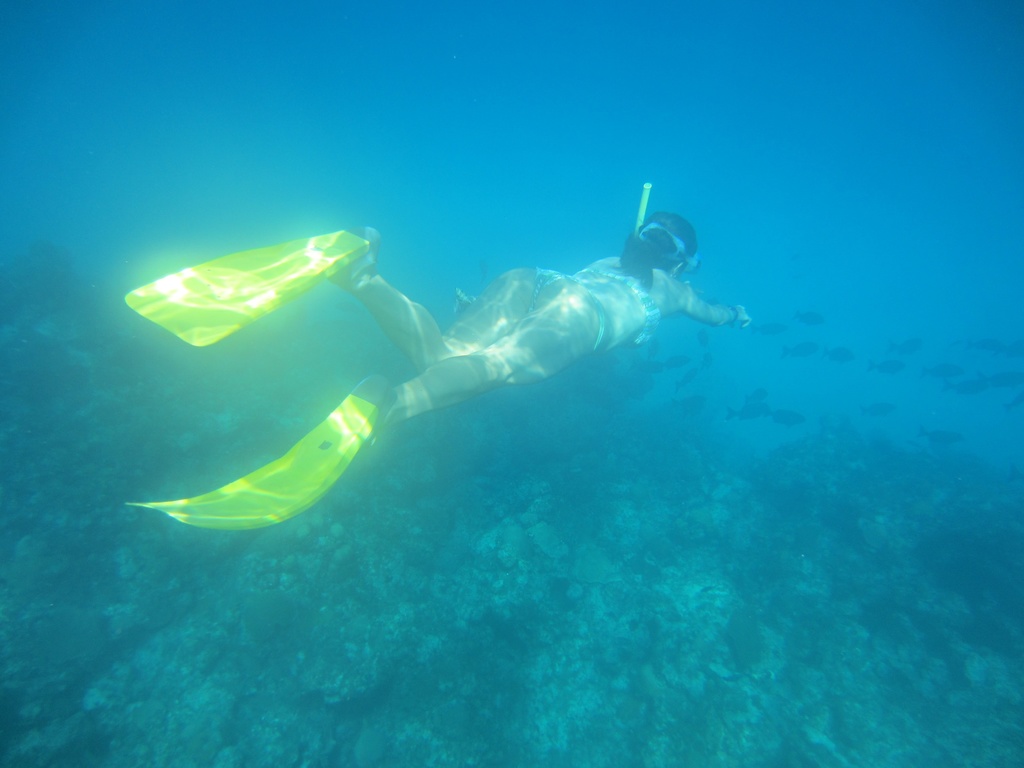
by: Claudia Tavani – Courtesy: Gogobot
Cayo Jutias is one of the most beautiful beaches in Cuba. It is located at about one hour drive from Viñales and reached through a lovely road that crosses the forest and the mountains and eventually a land bridge. It is a long, white and sandy beach, with mangroves along it. It is a great place to relax and snorkel or even dive. Snorkeling expeditions are in the range of 12 CUC per person and include rental of all the necessary gears and a guide who will show you to the coral reef. Unless you have lunch included, opt to ask one of the fishermen to catch and cook lobster for you.
Central Cuba
Trinidad and the Valley de los Ingenios

by: Claudia Tavani – Courtesy: Gogobot
Valle de Los Ingenios is one of the best places to visit from Trinidad on a day trip. This is where most of the sugar cane plantations used to be located. There are numerous old haciendas here. The most famous one is the Manaca Iznaga, which has a 44-metre-high tower. This used to be a control point, from which slave traders kept an eye on the slaves working in the plantations. There even is an antique mill, which was used to crush the sugar canes and extract sugar. In past times, this was pushed by slaves. Now, visitors can try pushing it, if they can manage. There are more haciendas in the surrounding areas, some of them hardly visited but very beautiful.
Salto del Caburní
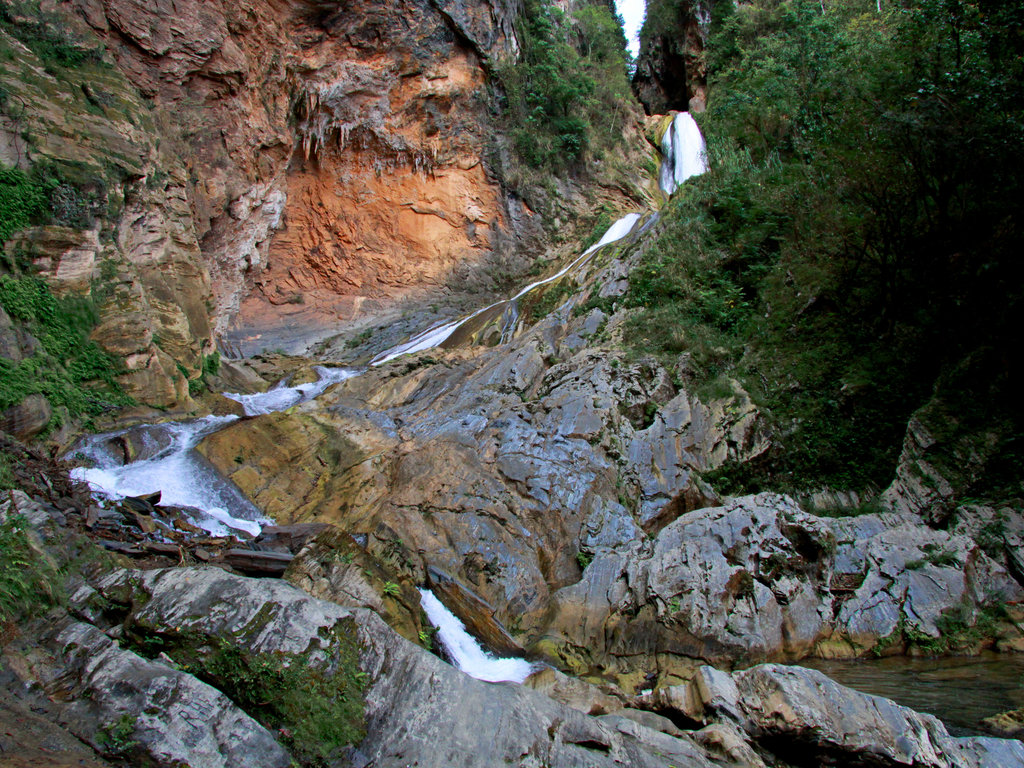
by: Giåm flickr – Courtesy: Gogobot
Topes de Collantes is a great natural park not too far from Trinidad, in the province of Sancti Spiritus. The best trail here is the one leading to the Salto de Caburní, where the river ends in a 62 meters high waterfall dropping directly into a beautiful natural pool. The trail is 5 km long. Wear a swimsuit to enjoy the freezing waters before hiking your way up: the heat is quite strong!
Camaguey

by: miguel_discart_photos flickr – Courtesy: Gogobot
Camagüey, in the Province of Camagüey, is a a real labyrinth. The typical effect that it has on people is a love or hate reaction. It surely is very unique in its ways, completely different from the rest of the country. Built in a medina style to keep away enemies who would easily get lost in it, visitors have a hard time finding their way around town, no matter how hard they study their maps. The city centre is a UNESCO World Heritage Site since 2008. There are many painters’ studios, and it is packed with art galleries. It is crowded and at times messy and it can be very hot.
Punta Gorda

by: Claudia Tavani – Courtesy: Gogobot
Walking along the Malecon of Cienfuegos or hopping on a bici taxi, you can reach Punta Gorda, once the area where the rich people of Cienfuegos used to live in what looked like mansions. Palacio Azul, which now is a hotel, is a typical example of 1920s architecture; Palacio del Valle, built in 1917, looks more like a Moroccan kasbah, which currently is a luxury restaurant and hotel. Access is allowed to the terrace, from where you can enjoy a cocktail with an amazing view of the sunset.
El Nicho
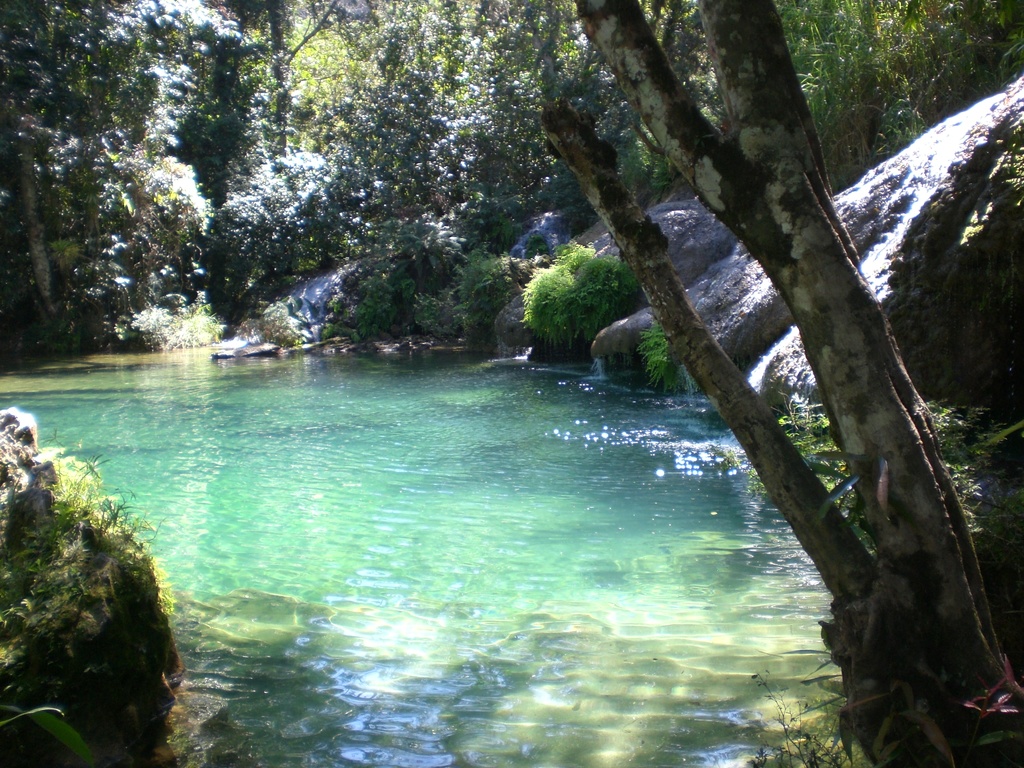
by: Claudia Tavani – Courtesy: Gogobot
El Nicho is a series of spectacular natural pools and beautiful waterfalls on the Rio Hanabanilla, which can be reached on a 2-hour car ride from Cienfuegos. An easily accessible hiking trail takes to a series of natural pools where it is lovely to have a swim, although the water is very cold. The pools on the lower side of the road are less crowded.
Bahia de Cochinos

by: Claudia Tavani – Courtesy: Gogobot
The famous Bahia de Cochinos (Bay of the Pigs), can be visited from Cienfuegos. It is a place of perfect beauty: amazing sea, crystal clear waters and stunning coral reef. It is a very good spot for diving too. It is also a place of historical interest: from here, the Kennedy administration failed to invade Cuba in 1961. Not far from the Bay of the Pigs, Caleta Buena is lovely tiny cove perfect for snorkeling and relaxing for an afternoon. There is an entrance fee (a fixed price for the whole day or half a day), but this includes sun beds and unlimited drinks.
Eastern Cuba
Baracoa
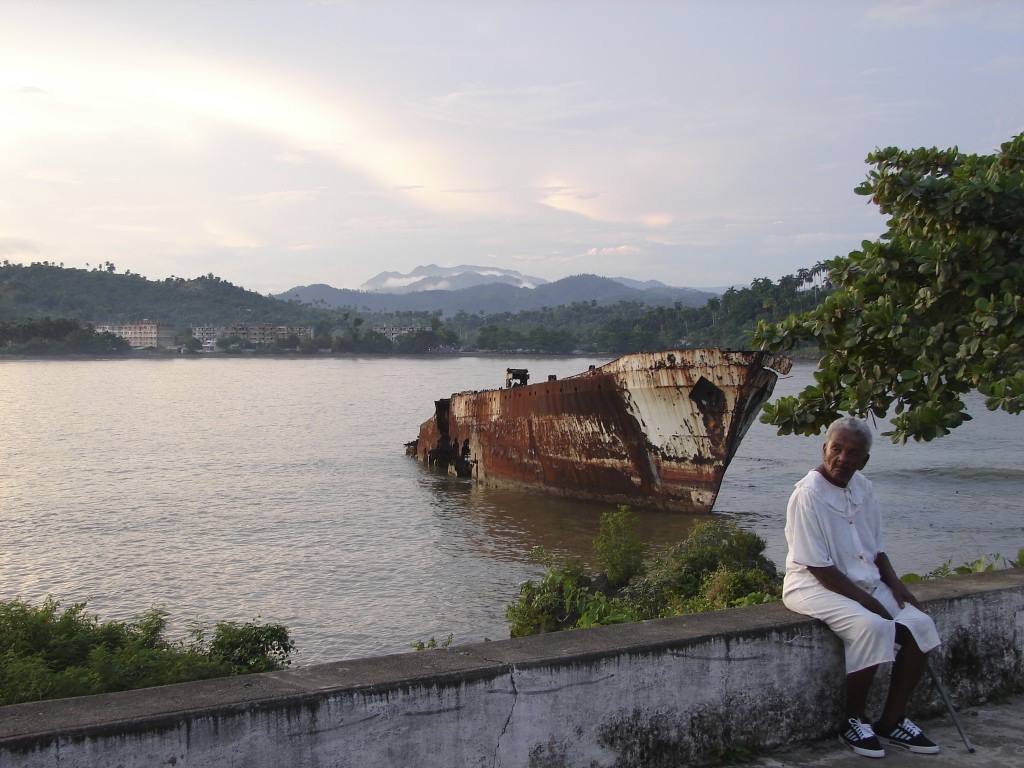
by: Alan Brutenic – Courtesy: Gogobot
Not many people know where Baracoa is. My advice is to find it on your map, and make your way there. It is a beautiful small town in the Guantanamo Province, on the very southeast corner of Cuba. It used to be completely isolated until 1964 when La Farola, a road that offers amazing view over the forest and the mountains, connected it to Santiago. The weather in Baracoa is purely tropical: sunny and hot, with showers every day. Baracoa is the perfect starting point to hike the El Yunque, a flat top mountain visible from the city, and to navigate one of the 29 rivers that of the region, so clean that you can literally drink the water. Not far from Baracoa, Playa Maguana is one of the most beautiful beaches in the country. Baracoa is also the gourmet capital of Cuba. The typical dishes are lobster, shrimps and octopus in coconut sauce: they are delicious!
Playa Maguana
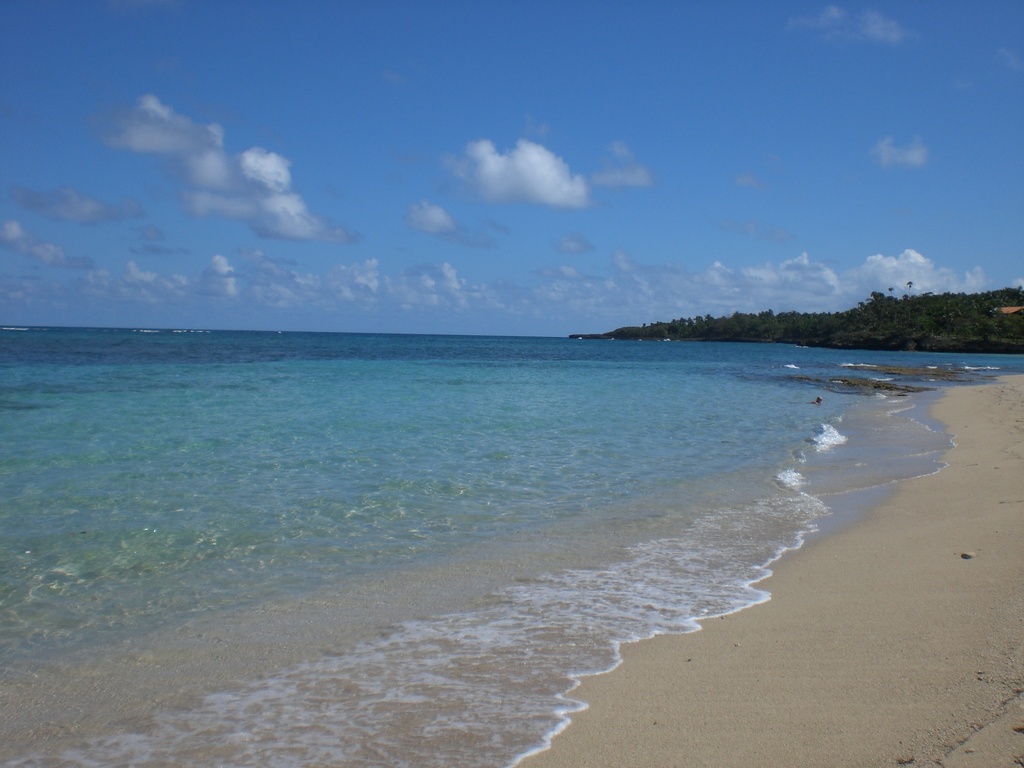
by: Claudia Tavani – Courtesy: Gogobot
This amazing beach is located at about a 30-minute drive from Baracoa. It used to be frequented only by locals, and now receives some tourists, yet it has kept all its character and beauty. It is a long, white, sandy beach with palm trees at the back and a coral reef that is easily reachable from the shore.
El Yunque
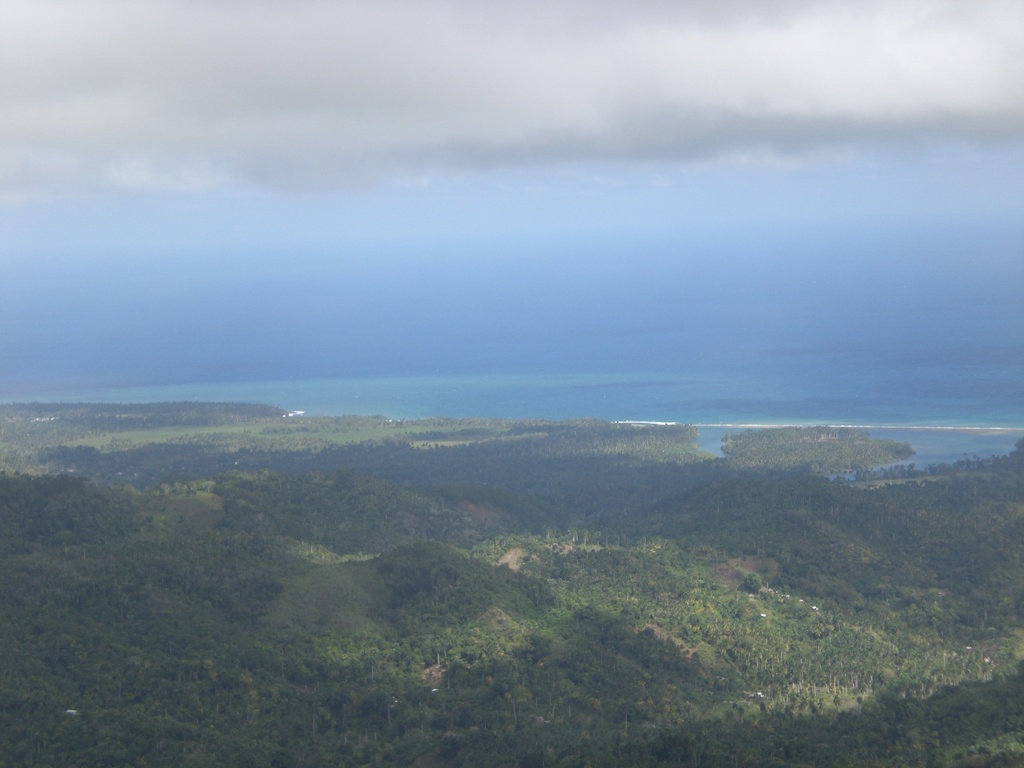
by: Claudia Tavani – Courtesy: Gogobot
Anybody visiting Baracoa should hike El Yunque. The area is very tropical, and the vegetation very thick, so access to the park is only allowed with one of the guides. The hike starts at the visitors centre, and before reaching a sort of trail, it is necessary to cross the river: if you are lucky, you may find a cayuca (a bamboo made kind of boat) to reach the other side, if not, you will have to take your shoes off and cross it on foot.
Boca de Yumuri
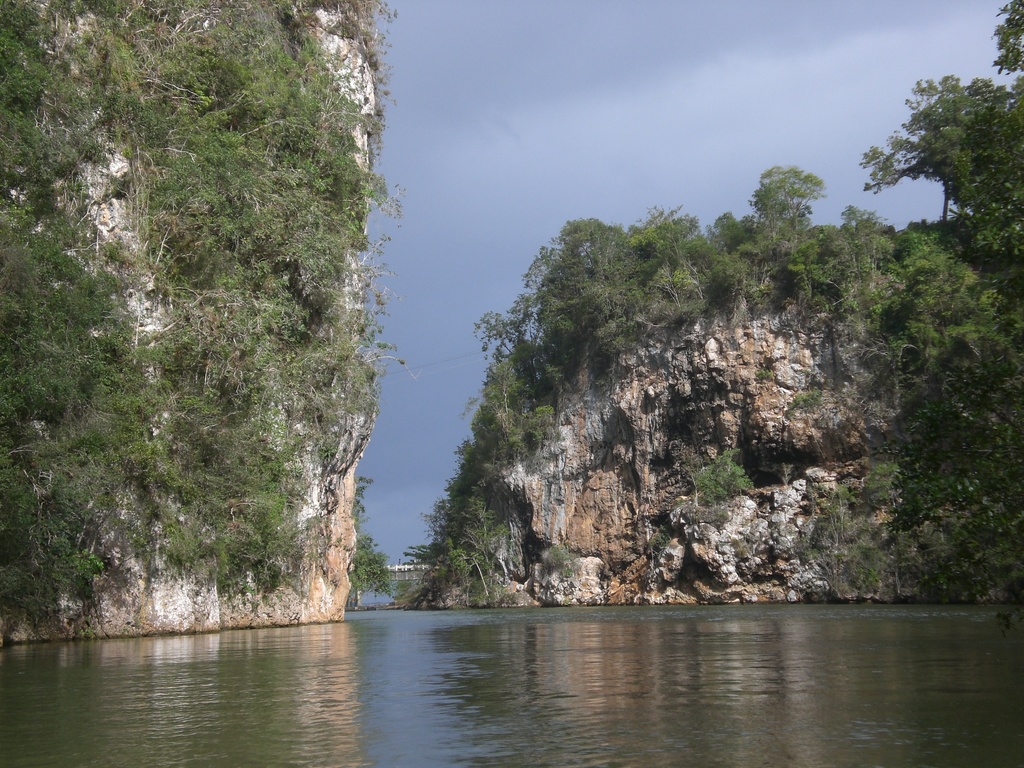
by: Claudia Tavani – Courtesy: Gogobot
A little over 20 kilometers south of Baracoa, after crossing a tunnel called Tunel de los Alemanes, the Boca de Yumuri is a great place to go to by bike on what is a fairly easy route. It is quite hot but the bike ride is an easy one and there are various places to stop and admire the great view. Alternatively, you can hop on a taxi.
Gran Piedra
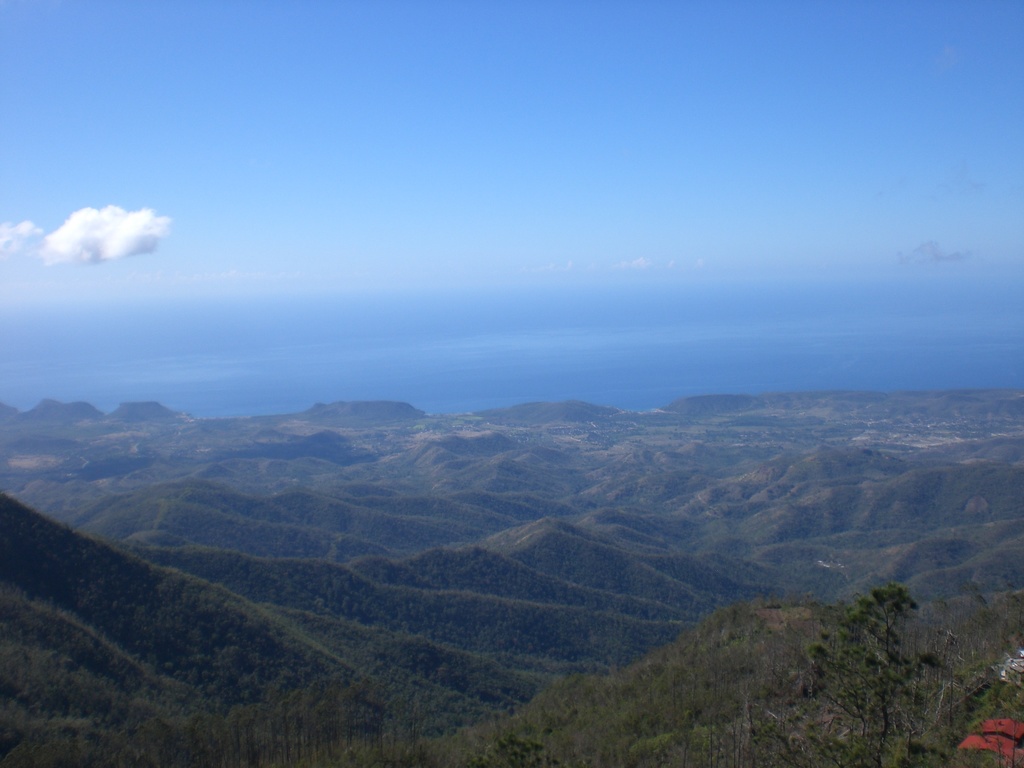
by: Claudia Tavani – Courtesy: Gogobot
La Gran Piedra is located not far from Santiago. It is a massive rock weighting 63,000 tons, on the peak of what is considered the greenest mountain range in Cuba. The elevation is 1234 meters above sea level. The visitors centre is reached via a very steep, 12 km road that only cars in good condition will be able to take. The hike isn’t a hard one, but consider that there are about 500 steps to the top. Once up, on clear days the view is incredible. Going down, there is a trail leading to some of the oldest coffee plantations in Cuba.
Basílica del Cobre
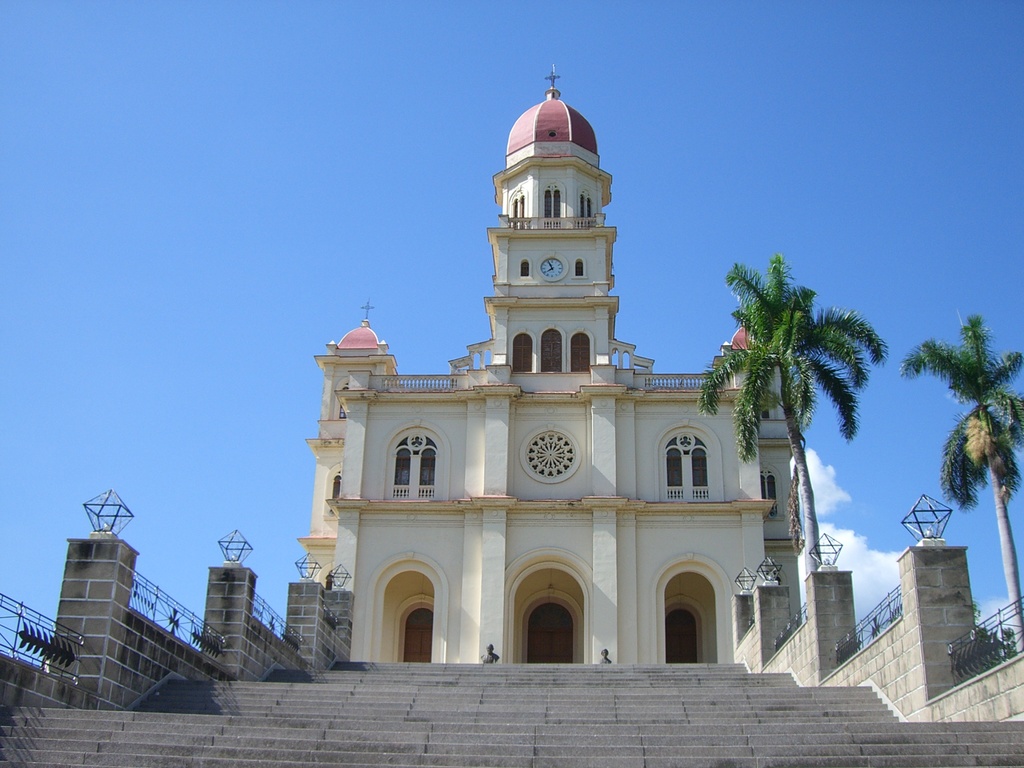
by: peatc flickr – Courtesy: Gogobot
The most important church in Cuba, the Iglesia El Cobre, is dedicated to Virgin Mary and it is located about 20 km from Santiago. Along the road to reach El Cobre you will find sunflowers for sale, which you can buy to offer to the Virgen de la Caridad. The road to reach El Cobre is stunning, and inside the Basilica you can see the tiny statue of the Virgen de la Caridad, which apparently was found floating on the waves in the Bahia de Nipe in 1612.
Source: gogobot.com










